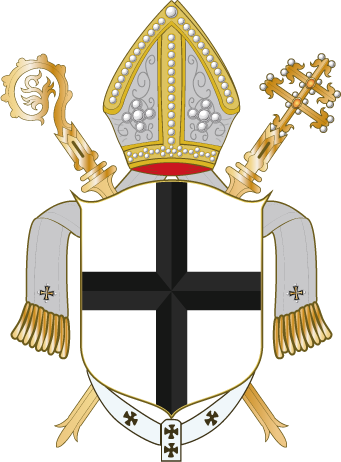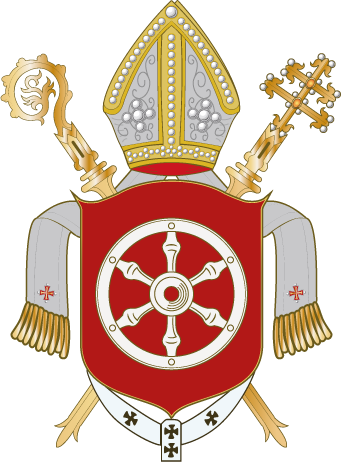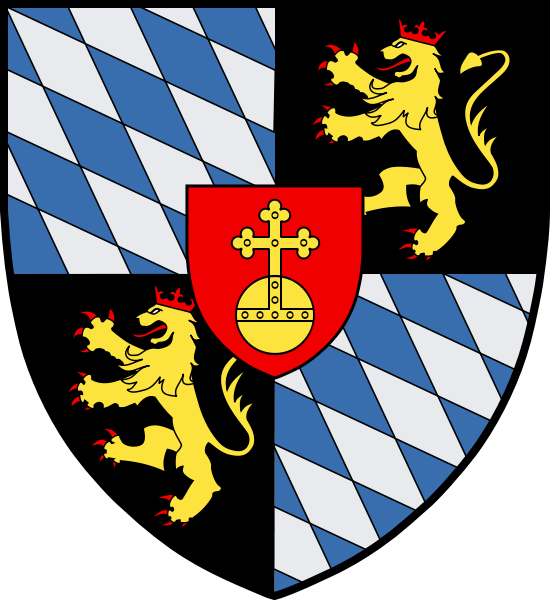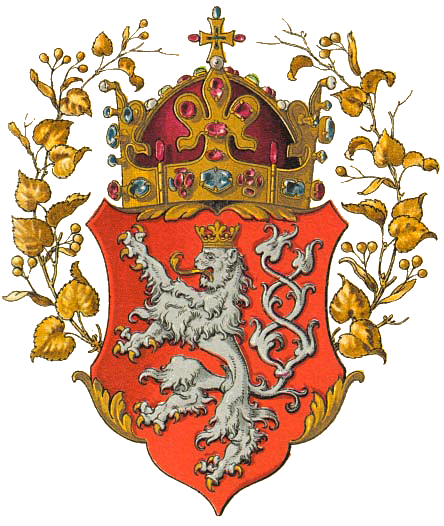One of the more unique and enduring features on the map of Medieval and Early Modern Europe was that of the Holy Roman Empire. From its "formation" in 800AD with the coronation of the Frankish King, Charlemagne, by Pope St. Leo III in Rome, to its dissolution during the Napoleonic Wars, this Empire encompassed the modern nation of Germany, Czech Republic, Austria, Belgium, and at times part or all of the Netherlands, Switzerland, Poland, and Italy. [No, that is not an exhaustive list!]

A wonderful image of the Holy Roman Empire in 1789AD -- not long before its demise. One gets a good sense of how many micro-nations existed within the Empire. Liechtenstein is one of the last examples of such polities.

This dynamic map shows the territorial progression of the Empire from the reign of Otto the Great in 962AD to the defunction of the Empire in 1806AD. Yes, this is a wikipedia acquitition. It was too nifty to pass up, however.
Much could be said about this entity which was envisioned to be an empire that protected and worked with the Church -- hence the "Holy" adjective in its name. I will ignore the snide, and oft-quoted saying by the worthless leftist (whose name I don't feel deserves mention here) regarding the title Holy Roman Empire. Suffice it to say -- the title was an apt one. It was surely a Holy Roman Empire in its origins, Holy, having been founded with a mission to work with the Church, and sealed with a coronation by the Pope; Roman, having being founded with the blessing of the Bishop of Rome, and initially including the city of Rome; and surely an Empire, for even at its low ebb included dozens of nationalities, languages, and modern states.
In practice, Church-State tensions were an issue during its course, whether from the likes of Frederick II or Joseph II. Still, the Empire had its great heros -- Charlemagne, Otto the Great, Charles V, and, arguably, a number of others. While the House of Hapsburg is most closely associated with the rule of this Empire in its later years, it actually saw several royal houses reign -- from the Carolingians, to the Hohenstaufen, the Luxemburg, and even a couple Wittelsbach. It was the procedure promulgated by a member of the House Luxemburg that we note today.

Parchment with the Imperial Electors, from 1341AD. Notice the zucchetti on the three sacred electors on the left.
Charles IV, Holy Roman Emperor (reigned 1347-1378), crowned in 1355AD in the Eternal City of Rome, promulgated the “Golden Bull of 1356” which officially laid down the steps for Imperial elections, codifying what had already been common practice. Yes, elections. The Holy Roman Empire was an example of an elected monarchy. While the heir of the previous Emperor was usually selected, such was not always the case. This election procedure would be forever codified in the Golden Bull, and this procedure would remain in effect, at least in large part, until 1806AD. You can read this Bull, a kind of early constitution, in its full text here: http://avalon.law.yale.edu/medieval/golden.asp
Magnificent image of the Imperial Electors, with the Holy Roman Emperor in the top center.
It called for seven electors: 3 sacred, 4 secular. They were -- with their shields and titles in the Imperial household:
SACRED

Archbishop of Cologne [Archchancellor of Italy – he was entrusted with the Imperial crown]

Archbishop of Mainz [Archchancellor of Germany – he called the Imperial elections]

Archbishop of Trier [Archchancellor of Burgundy]
SECULAR

Elector (Duke) of Saxony [Arch-marhsall - keeper of the Imperial sword; hence the crossed sword augment to the Wettin family crest]

Elector (Margrave) of Brandenburg [Arch-chamberlain - keeper of the Imperial scepter; notice the scepter augment in the center of the shield]

Elector of the (Count) Palatine of the Rhine [Arch-steward until 1623 - keeper of the Imperial orb; After 1648, Arch-treasurer]

King of Bohemia [Arch-cupbearer].
Added later were two more secular electors:

Elector (Duke) of Bavaria [Created in 1623 to replace the Count Palatin of the Rhine; Arch-steward; This crest, of the Wittlesbach family, should remind you of the emblem of BMW, the Bavarian Motor Works].

Elector of Hanover (Duke of Bruswick-Luneburg) [Created in 1692; Arch-bannerbearer after 1708].
We will despense with noting the short-lived electorships created in the last ten years of the Empire.
Live well!


No comments:
Post a Comment